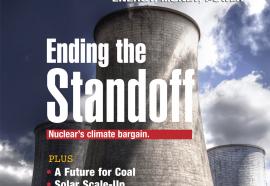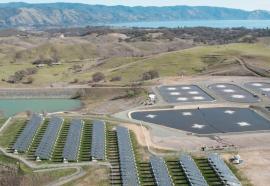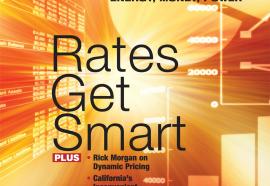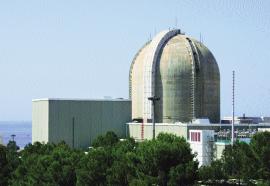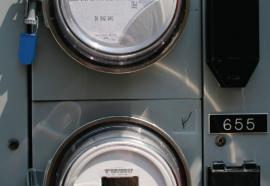Tipping Point
Industry giants start the EV revolution.
Reports of the electric car’s death are greatly exaggerated. Technology, economics and politics are driving a new start for electric vehicles; already dozens of EV models are heading for U.S. showrooms. Electricity won’t replace gasoline overnight, but utilities are planning today for tomorrow’s transportation load.






